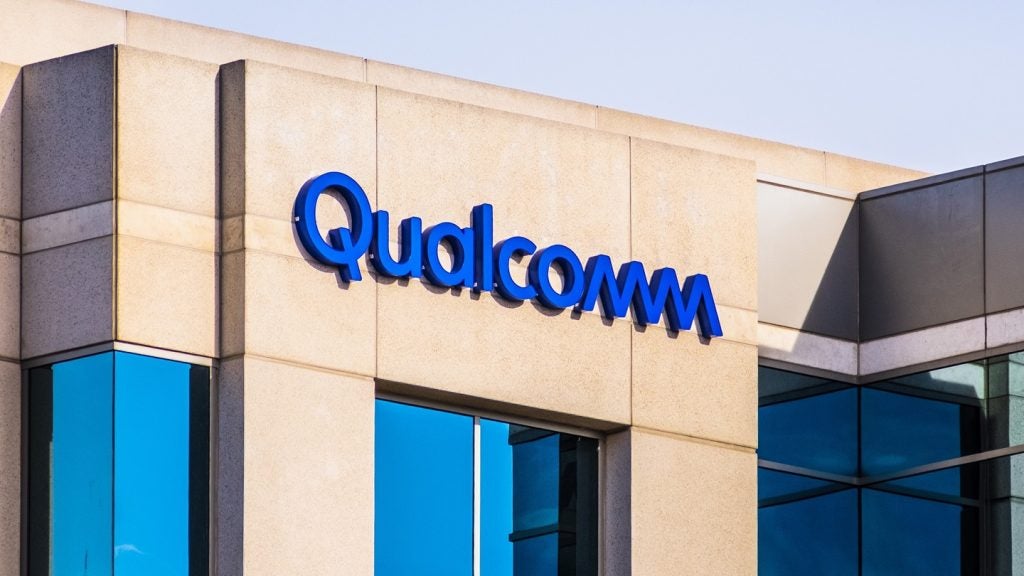Space communications using the latest generation of low Earth orbit (LEO) satellite constellations for direct-to-handset satellite communications (comms) has caught the imagination of original equipment manufacturers (OEMs) and vendors alike.
Many hope for a potentially fast and cheap way to connect the estimated one third of the world’s population – predominately in lower-income countries – still offline.
A key advantage of direct-to-handset satellite communications is that the user requires no specialist equipment, expensive installation, or even a software download to set up a call or send a text. What’s more, many new smartphones today are being shipped with the required chips to enable satellite connectivity, and consumers will be likely able to navigate to satellite connectivity through the smartphone’s standard settings menu, without a dedicated app download.
But how far can the technology match or expand on the existing terrestrial cellular network connectivity experience, and at what cost to the end user?
A premium service for exceptional use case scenarios
In the last quarters, several telcos from T-Mobile, AT&T, and Verizon in the US, to China Mobile and China Telecom in China have talked up direct-to-handset satellite service launch plans, both with partners and via their own investments. But what will a live direct-to-handset satellite communications service look like in the field, and to what purposes will it be marketed?
Earlier in July 2024, Hutchison Telecommunications Hong Kong (HTHK) launched what it claims to be the world’s first direct-to-handset satellite communications service. Far from being a mass-market proposition, HTHK’s first commercial service, powered by the China Telecom satellite system subsidiary Tiantong-1, is fairly expensive and positioned as a premium workaround for exceptional connectivity situations.

US Tariffs are shifting - will you react or anticipate?
Don’t let policy changes catch you off guard. Stay proactive with real-time data and expert analysis.
By GlobalDataPaying the price for satellite communications
This first service is modelled as a bolt-on value-added service (VAS) marketed under HTHK’s premium brand ‘Supreme’ connects with Tiantong-1’s geostationary orbit (GEO) satellite constellation, allowing users with applicable smartphones to make and receive calls as well as send and receive text messages using direct-to-handset satellite. The service targets those requiring connectivity in remote locations or at sea, but also as a connectivity guarantee for users during natural disasters when standard cellular networks are down.
The HTHK Supreme direct-to-handset satellite service comes in two variants: a ‘Basic’ and ‘High Usage’ monthly plan, both available as a bolt-on VAS on a 12- or 24-month contract, exclusively available for existing HTHK Supreme brand postpaid mobile customers. The ‘Basic’ plan costs HK$19 (around $2) per month, and includes just two minutes a month of satellite calls with additional local and international rates for SMS.
Beyond this monthly allocation, both outgoing and incoming voice calls over satellite are charged at HK$15 per minute, with HK$9 per outgoing SMS. Pricing for the ‘High Usage’ plan targeting enterprises, emergency workers, and governmental department starts at HK$1,500 for usage over the course of a 12-month period.
So far, the premium VAS pricing and use case positioning matches industry expectations, although it remains to be seen which players are going to step up and adopt the technology to connect the globe’s offline one third.









